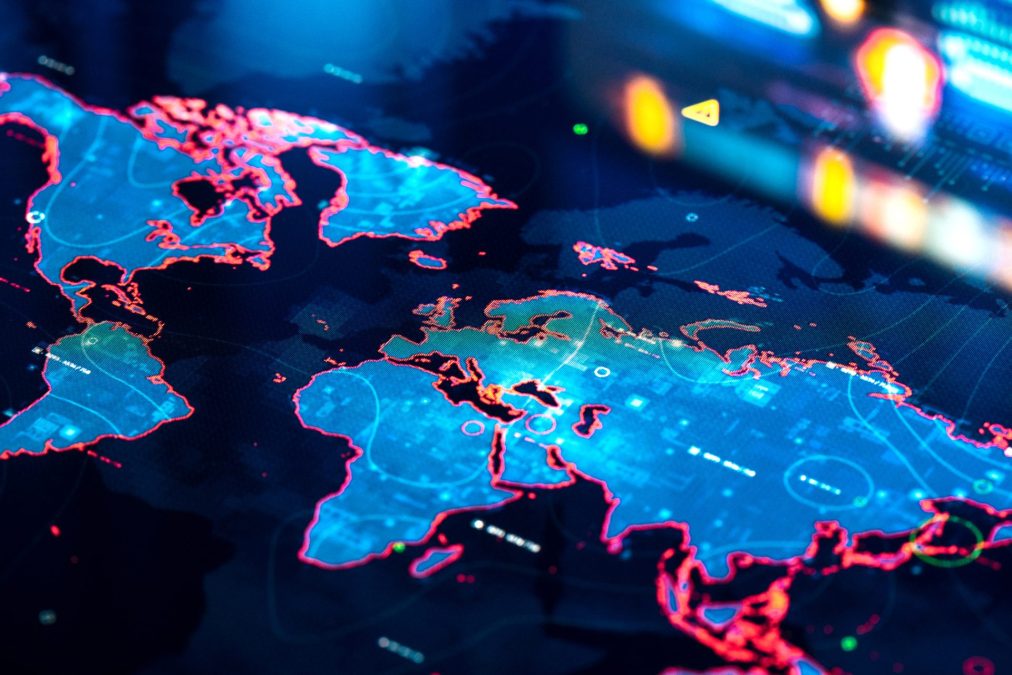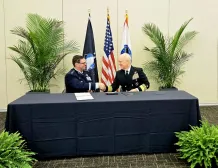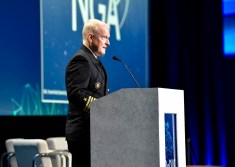NGA to offer $700M for data-labeling to advance computer vision models

This month, the National Geospatial-Intelligence Agency is set to launch a new opportunity valued at upwards of $700 million — which, according to Vice Adm. Frank Whitworth, will mark the U.S. government’s largest-ever request for proposals for data-labeling products to advance artificial intelligence capabilities and associated anomaly-detecting models.
“This represents a significant investment in computer vision, machine learning and AI,” Whitworth, the agency’s director, told reporters Friday at a roundtable hosted by the Defense Writers Group.
“NGA will engage with commercial counterparts to navigate the challenges posed by increasing levels of GEOINT data. Together, we will ensure the delivery of timely, relevant and AI-enabled GEOINT to our customers, partners and allies,” he said.
GEOINT, or geospatial intelligence, refers to the field that encompasses the collection of imagery and data from satellites, radar, drones and other assets, that is analyzed and designed by experts to visually depict and monitor physical geographically referenced activities and locations on Earth.
Known as America’s leading federal, geospatial mapping hub, NGA is the Defense Department’s functional manager for GEOINT.
Whitworth noted that the agency is “responsible for the visual domain within the intelligence community, establishing a baseline of behavior or objects and where they are and the specificity of their location and their characterization — and then citing that there’s an anomaly, that there’s something new, or something different that might be troubling.”
Advanced computer vision models, powered by AI, help NGA analysts speedily make sense of the heaps of satellite imagery and geospatial data captured around the clock.
“We are growing the number of models — I’m not going to say exponentially, but significantly. And I’m not going to say the number of models, but it’s significant. I’m really impressed by the team’s ability to generate new models in the last year, and the number of detections is going up precipitously per day,” Whitworth told DefenseScoop at the meeting.
Data-labeling is a key element of NGA’s modernization effort associated with its analysis and related activities. Broadly, the term refers to experts’ practices and techniques to identify, tag and add labels to raw data, in a way that ultimately provides context to machine learning models as they are trained.
“Data-labeling is the process where the human actually identifies the object and then, in a way that is understandable by the model, informs the model. So you have to actually label it in a very specific way. And it’s part of AI, but it’s really the essence of ML for computer vision,” Whitworth explained.
Though he did not share much further details about the upcoming request for proposals, Whitworth repeatedly emphasized the size of the agency’s potential $700 million data-labeling investment.
“It’s really about the amount — that’s a big number,” he told reporters.






